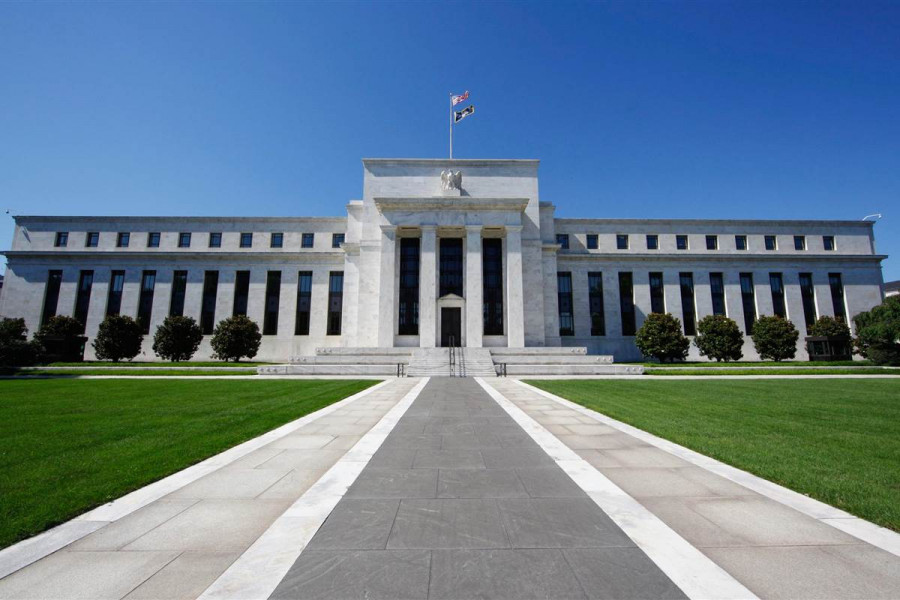

The US stock market was scoring gains on Wednesday. The S&P 500, the Dow Jones, and the NASDAQ continue their bullish run, reaching new all-time highs. Yesterday, however, US investors had no reason to feel excited. The Federal Reserve finally announced a slowdown in the pace of monthly asset purchases by $15 billion. This means that the regulator will be gradually decreasing the amount of cash pumped into the American economy until it could wrap up the tapering of its bond purchases by the middle of next year. Anyway, the stock market did not seem to mind that the Fed was scaling back stimulus and the US stock indices continued to grow after the announcement. From our point of view, the market did not react to the news the way it should. For it turns out that the stock market is bullish both when the Fed takes a dovish stance on monetary policy and when the regulator begins to tighten it. This is illogical. Therefore, the current situation in the stock market seems to be an inertial upward movement, which is likely to end sooner or later within the next 8 months of the tapering process.
All in all, this was the only interesting event yesterday. Other FOMC decisions were predictable. The central bank kept the key interest rate at a 0-0.25% rate, while other parameters of monetary policy could not change. Nevertheless, the meeting was followed by Chair Powell's speech and the publication of the Fed's statement where market participants also got some useful information. Thus, the regulator downgraded its 2021 GDP forecast to 5.9% versus 7%, while unemployment was upwardly revised to 4.8% from 4.5% in 2022. When it comes to inflation, the Fed kept its inflation expectations at 4.2% in 2021 and 2.2% next year. As a reminder, the regulator expected inflation the be at a 3.4% rate in 2021. Nevertheless, Jerome Powell said inflation could stay at high levels longer than expected. As for the pace of the economic recovery, disappointing Q3 results (a 2.0% fall on quarter) and the coronavirus pandemic that is still posing serious risks for the American economy became the decisive factor in downgrading the forecasts. In addition, the Chairman noted that the US job market had not yet fully recovered and it would take a lot of time before maximum employment was achieved. At the same time, he said it was too early to raise the interest rate. To sum up, the Fed downgraded its forecasts for the key economic indicators and began to wind down quantitative easing.